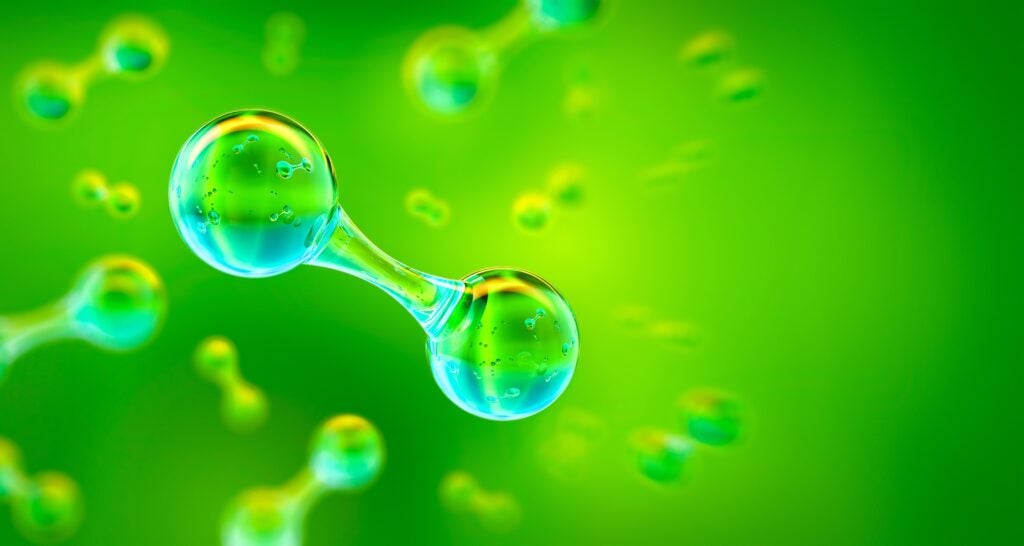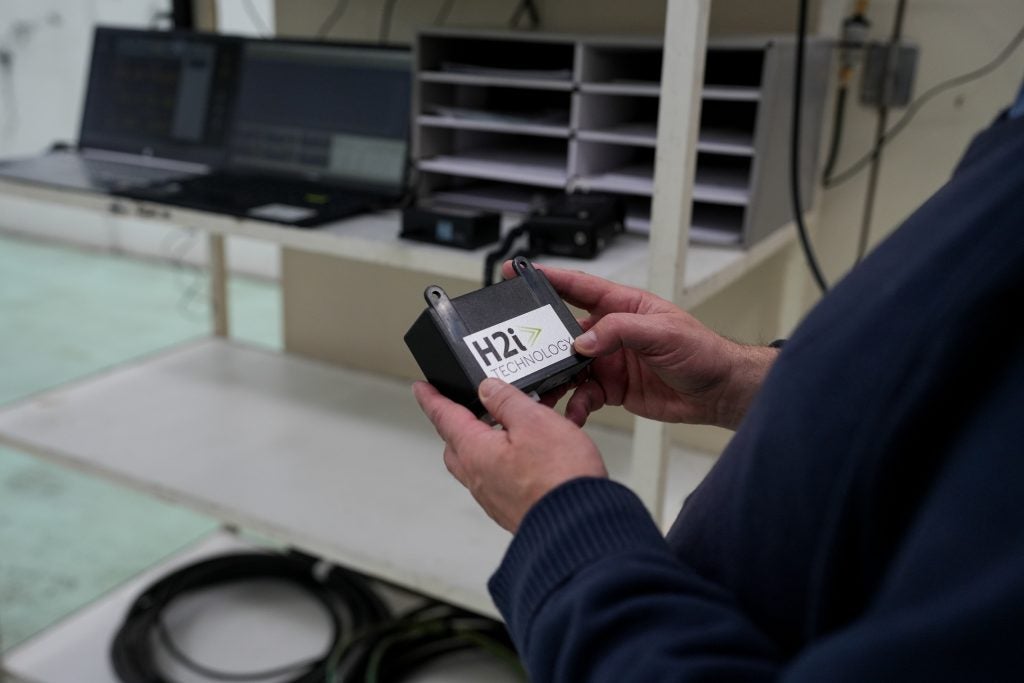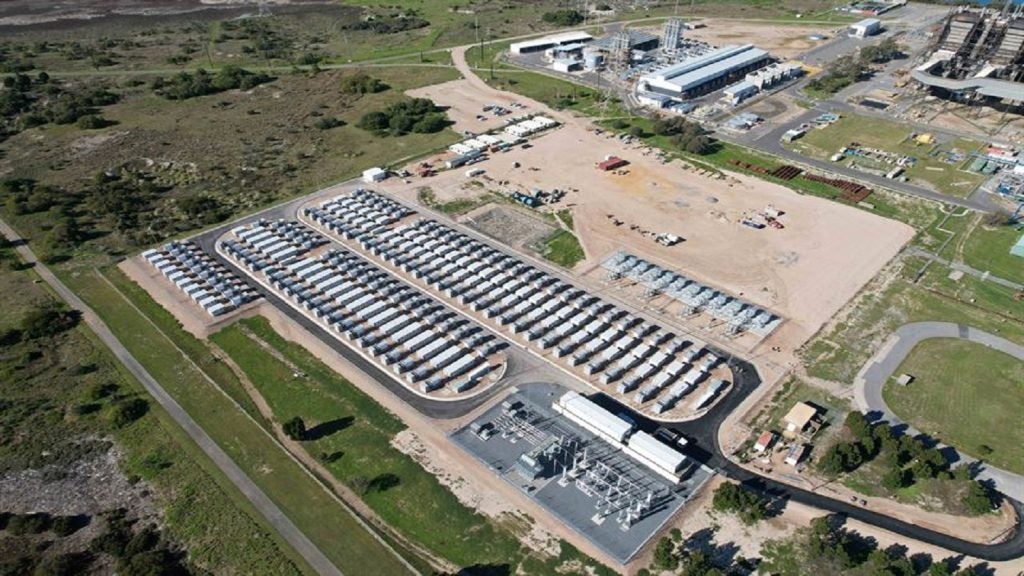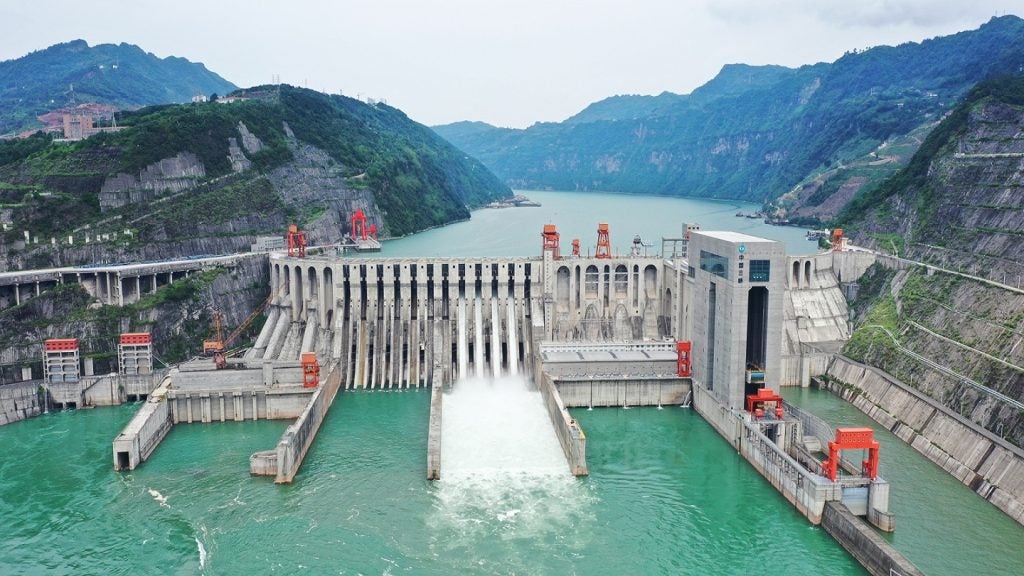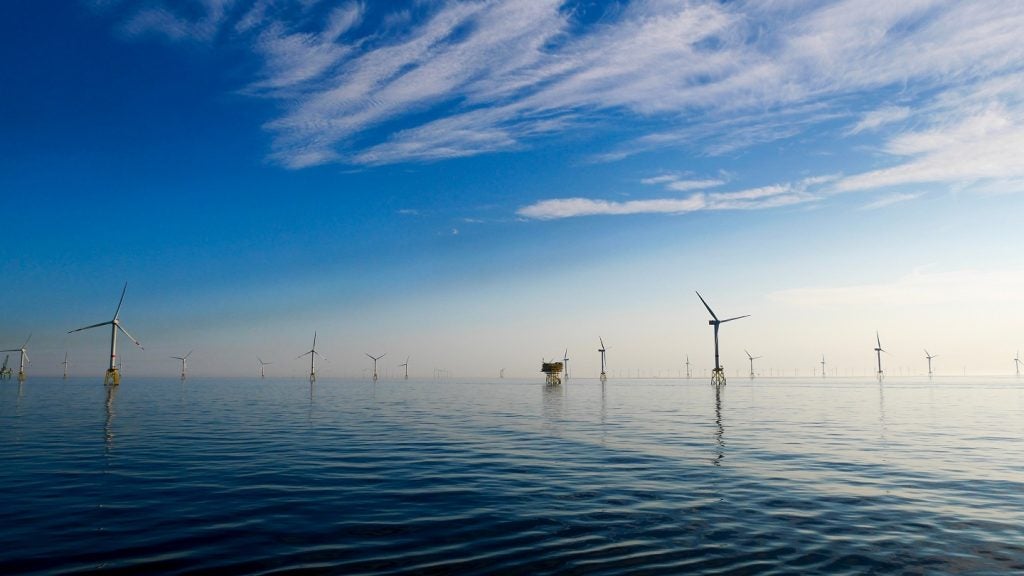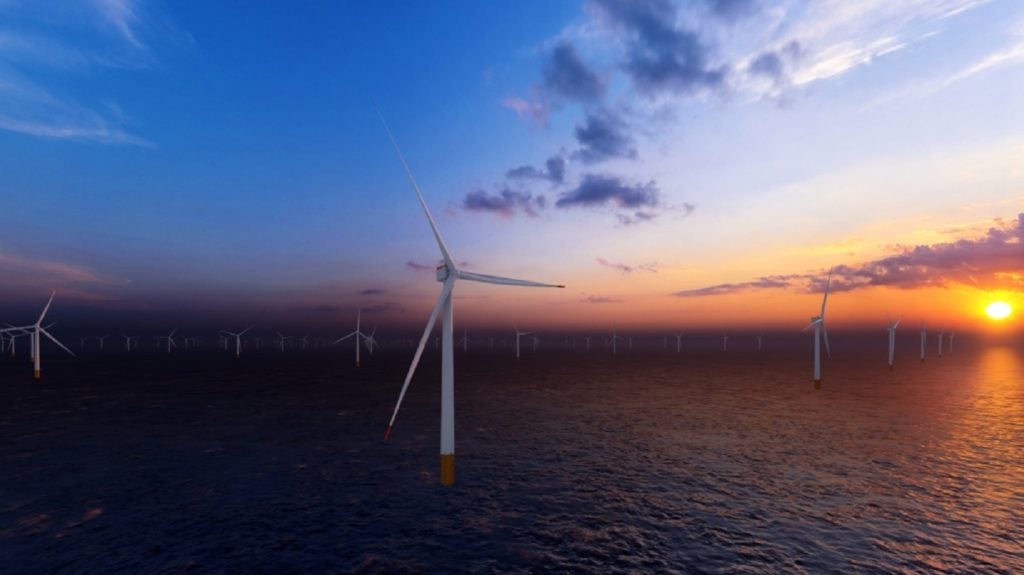The Indian Government has announced the notification of a national green hydrogen standard, which will officially specify the maximum emission threshold in the production of hydrogen for the product to be classed as “green”.
Green hydrogen is hydrogen created via electrolysis, using electricity and water, or biomass gasification. In each case, the production is powered by renewable energy and the standard encompasses both methods.
The new standard states that to be classified as green, hydrogen produced in India must have well-to-gate emissions of no more than 2kg CO₂ equivalent per kilogram of hydrogen produced. The standard also states includes a methodology for the measurement, reporting, monitoring and verification of green hydrogen to ensure a consistent standard.
Well-to-gate refers to the entire production cycle from feedstock through to production itself, which means that water treatment, electrolysis, gas purification, drying and compression of hydrogen are all included in this.
In a statement announcing the standard, the Indian Ministry of New and Renewable Energy said: “With this notification, India becomes one of the first few countries in the world to announce a definition of green hydrogen.”
The notification will aid India as the country sets its eyes on becoming a major global green hydrogen producer. In January 2022, the government announced the “National Green Hydrogen Mission”, in which the country states its aims to produce five million tonnes per annum (mtpa) of green hydrogen.
This is not without its challenges. The country’s hydrogen demand is set to exceed 13mtpa by 2030. Furthermore, most of the hydrogen currently produced in the country is grey hydrogen, formed through the burning of fossil fuels such as coal or natural gas.
In April, the Indian Government announced it would give green hydrogen producers funding for up to 10% of total operating costs to incentivise greater production volumes.


